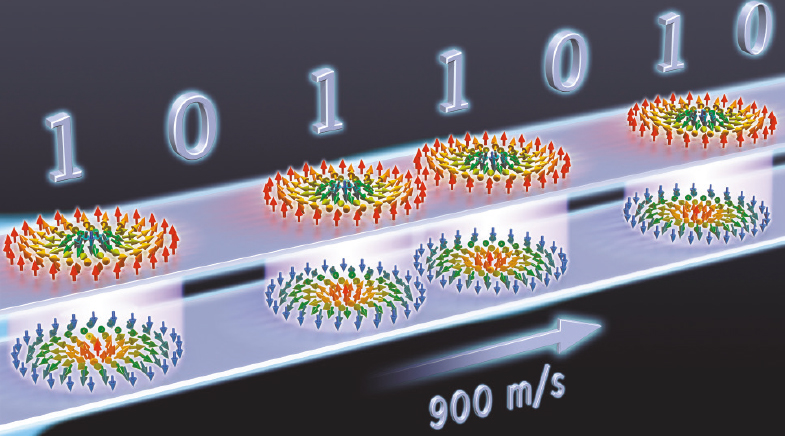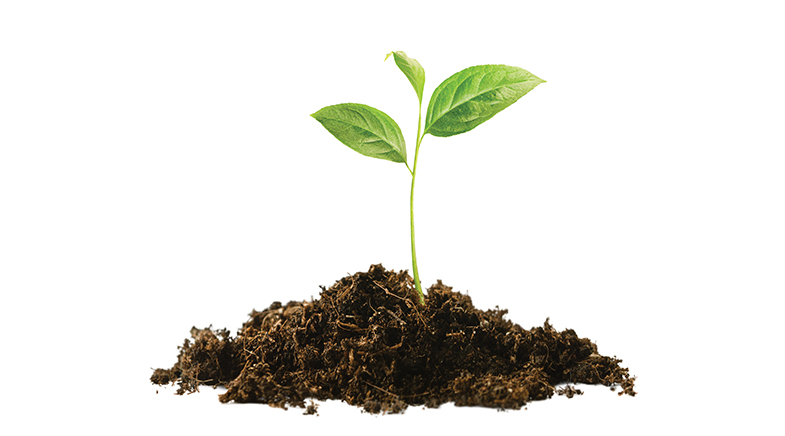Towards indoor solar power
-
- from Shaastra :: vol 03 issue 09 :: Oct 2024

Dye-sensitised solar cells that work in low light can power indoor lighting.
In the future, indoor solar cells will light the rooms and power low-energy gadgets in a building. This is the promise of dye-sensitised solar cells that work in low or diffused light, unlike the silicon cells used in solar panels that require high-intensity light. Dye-sensitised solar cells, however, have poor efficiency and stability, limiting their commercial use.
In a study published in ACS Applied Energy Materials, Jayaraj Nithyanandhan's group from the Pune-based Council of Scientific & Industrial Research (CSIR)-National Chemical Laboratory has molecular-engineered a non-toxic squaraine dye for better efficiency (bit.ly/dye-sensitised).
"When we talk about photochemistry, the inspiration comes from photosynthesis. The first step always in any photochemistry is light absorption. The molecule has to absorb the light. For photosynthesis, there's a molecule called chlorophyll in green leaves," says Nithyanandhan. Like green leaves, dye-sensitised solar cells have dyes that harvest light. Sunlight hits the dye-coated anode of cells, exciting electrons that move to the anode. These electrons travel through an external circuit to the cathode, creating an electric current. The electrolyte in the cell replenishes electrons to the dye, completing the circuit.
Scientists have been working to increase the efficiency of organic dyes like squaraines.
Dye is at the heart of this solar cell. The cells absorb a wide range of light wavelengths even when sunlight is scattered, such as on cloudy days or indoors. Scientists are tweaking dyes so that they absorb a lot of the sunlight and easily regenerate by giving up and accepting electrons so as to enhance their efficiency. Nithyanandhan's group molecularly engineered squaraine dyes and showed that when a hexyl chain is added to the triazatruxene amine donor of these dyes, its dye regeneration capability increases from roughly 97% to 99% and the efficiency of the device increases from 1.74% to 7.85%.
"With strong absorption in the visible spectrum, these dyes are promising candidates not only under one Sun, but also under indoor illuminations," comments Suraj Soman of the Thiruvananthapuram-based CSIR-National Institute for Interdisciplinary Science and Technology. He believes that in conjunction with alternative redox electrolytes and using co-sensitisation approaches, these dyes can offer higher efficiencies.
Currently, ruthenium dye is used for dye-based solar cells as it offers higher efficiency and better stability than others but ruthenium is toxic and a rare-earth metal, making its use expensive and an environmental concern. The scientists have, therefore, been working to increase the efficiency of environment-friendly and cheaper organic dyes like squaraines. Nithyanandhan wishes to enhance the efficiency of squaraine-based solar cells to 10% before commercialising them for low-power indoor applications.
Have a
story idea?
Tell us.
Do you have a recent research paper or an idea for a science/technology-themed article that you'd like to tell us about?
GET IN TOUCH














